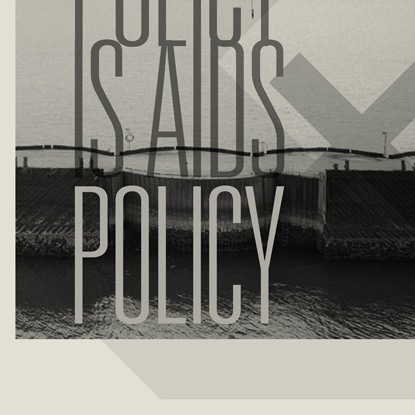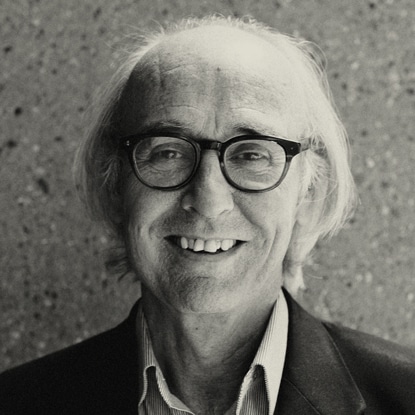“We need to recognize that it’s not deviant or pathological for humans to desire to alter their consciousness with psychoactive substances. They’ve been doing it since pre-history… and it can be in a religious context, it can be in a social context, or it can be in the context of symptom management.”
– Dr. Perry Kendall, Provincial Health Officer, British Columbia
If the past century of prohibition has proved anything, it is that the Controlled Drugs and Substances Act has failed to discourage Canadians from using illegal drugs. Likewise, prohibition has also shown us that the financial incentive to produce and sell illegal drugs is far more powerful than the deterrent effect of the criminal law.
This ongoing flow of supply and demand has, of course, resulted in a large and highly profitable black market for drugs in Canada. One aspect of this black market that goes unaddressed by the criminal justice system is that prohibition results in a situation where Canadians are consuming a completely unregulated product.
Because the product is unregulated, its quality is not just questionable, but potentially dangerous. And those individuals who use drugs of questionable quality often have no idea as to the nature of the substance they are consuming.
Some of the most illuminating examples of the dangers of an unregulated market can be found in relation to the differences between “ecstasy” and MDMA. In its pure form, and taken in controlled doses, MDMA is a relatively safe substance when compared to other drugs, legal and illegal.
Many scientists and doctors have argued in favour of its regulation, including former UK government drugs advisor David Nutt, who recently conducted a televised study of MDMA’s therapeutic potential, and BC Provincial Health Officer Dr. Perry Kendall, who went on the record stating that MDMA could be “safe” for adults if consumed responsibly, and has called for a public dialogue on a regulatory regime. Such a dialogue could enable a full and honest discussion on the benefits and harms of using substances such as MDMA and similar drugs.
But because MDMA isn’t currently regulated by a governing body, we have “ecstasy” which is regulated by the criminal element that currently controls its distribution. “Ecstasy” as opposed to pure MDMA, can contain a combination of various drugs, such as PCP, ketamine, methamphetamines and others. This leads to unknown purity, unknown dosage and the possibility that a pill could be contaminated. And the results of consuming pills of unknown origin can be tragic. Examples of the dangers of the current ecstasy market include a string of deaths throughout western Canada, where individuals using ecstasy died because the pills they took were cut with PMMA; a stimulant that has been linked to a number of deaths around the world during the same timeframe.
These and similar deaths have lead many communities around the country to call for a different approach to how we deal with drugs like ecstasy, as “Just Say No” programs and wishing abstinence upon young people is clearly not working.
Next Steps:
As the current approach, which relies upon fear and ignorance to dissuade Canadians from using MDMA has failed, Canada should adopt a knowledge-based approach to best ensure that those who use MDMA and other drugs stay safe and informed.
One of such existing approaches is the Dutch Drugs and Information Monitoring System (DIMS); a country-wide system of labs that will analyze substances without any threat of legal recourse. Since the 1990s, the Netherlands government has used this system as a measure to prevent the harms associated with unexpected and dangerous substances found in “party pills” and other drugs. The three main substances that DIMS tests are ecstasy/MDMA, amphetamine/Speed, and cocaine, and has tested some 100,000 drug samples since being established. Implementing such a system in Canada would have numerous public health benefits, including allowing drug users to have a full understanding of what they are actually taking, while also enabling public health authorities to respond more effectively when hazardous substances appear on the drug market.
Long term solution: A regulated drug market
MDMA is subject to the UN convention on psychotropic substances, rendering it illegal around the world, and any country that attempted to regulate it would be in violation of this treaty. However, there is currently legislation in front of the New Zealand government that would see the creation of the world’s first regulated recreational drug market.
Under the new regulations, synthetic drugs, also known as “legal highs” or “party pills” would have to undergo an approval process before being brought to market. This process would place the burden on the synthetic drug industry, which would have to prove its products are safe before being made available to the consumer. Taking up to two years, the approval process will determine the effects and side-effects of a proposed drug, measuring it against an established health criteria.
While it will only cover new drugs, i.e. those not covered by existing UN treaties, New Zealand’s proposed system could function as a blueprint for other nations to pursue the regulation of recreational drugs in the future.


















